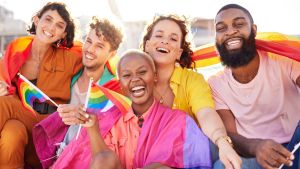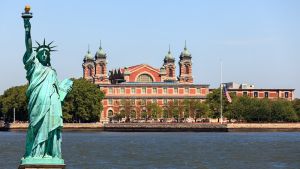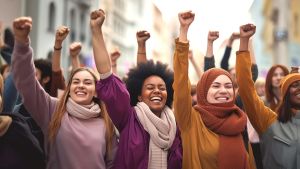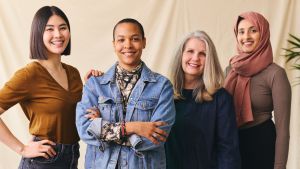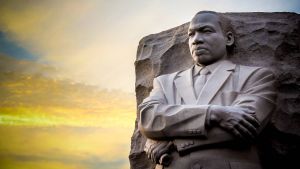More than 500 cities and counties have worked on raising the minimum age to buy tobacco from 18 to 21 statewide through Tobacco 21 laws. Studies show nonwhite youth are more heavily impacted by tobacco use.
Last fall, Denver, Co., passed their Tobacco 21 law with the support of Campaign for Tobacco-Free Kids as well as an evidence-based policy from CityHealth, an initiative of the de Beaumont Foundation and Kaiser Permanente (DI Top 50 Hall of Fame).
In March 2015, a report from the National Academy of Medicine revealed Tobacco 21 regulations could prevent around 223,000 deaths among people born between 2000 and 2019, including reducing lung cancer deaths by around 50,000. That research has led to support of Tobacco 21 laws.
Related Article: Kaiser Permanente: Chief Nursing Executive Welcomed at Moanalua Medical Center
In December 2019, raising the minimum age to buy tobacco was included in the federal year-end legislative package and both houses of Congress passed it. President Donald Trump signed the bill into law on December 20, 2019 and it took effect immediately.
But it didn’t stop there. Nineteen states and Washington, D.C. passed Tobacco 21 laws, with support from major cities.
Denver is a major city with a population of around 717,796. Seventy-six percent are white, 9% are Black, 3% are Asian and 3% are two or more races.
“This is one of the strongest tobacco control policies in the country, and now other Colorado cities are looking to Denver as a model and passing their own policies,” Lynnette Namba, Kaiser Permanente senior community health specialist said in a press release.
However, research has found tobacco use does not affect every community the same.
- Black people are more likely to die from a tobacco-related disease than white people.
- Indigenous people in the United States smoke at a higher rate than all other racial or ethnic groups
- People in low-income communities, those with mental illness, as well as communities of color are more heavily impacted by tobacco use
- More tobacco retailers exist in areas with larger black, Hispanic and low-income populations.
- Researchers in Washington, D.C. found that stores in Black neighborhoods were up to ten times more likely to display tobacco ads inside and outside
As more cities and states pass their own Tobacco 21 (quotes or no?) laws, including the restriction of some flavored vapes, which was announced by the Trump administration January 2, hopefully youth smoking rates will drop even lower.
“More than 500 cities and counties — including Denver, San Francisco, and Washington, D.C. — paved the way for Tobacco 21 laws at the state level and now the new federal law,” Bechara Choucair, MD, Kaiser Permanente chief Community Health officer said in a press release. “Kaiser Permanente partners with the de Beaumont Foundation on CityHealth because we know cities frequently lead the nation in advancing new policies to improve community health.”


